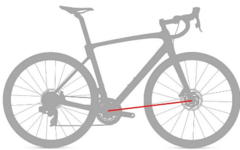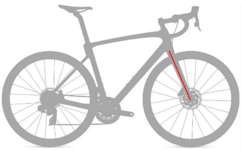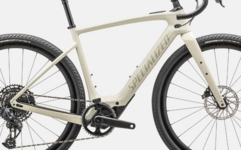Toman
New Member
- Region
- USA
All the Creo 2 reviews I've read so far describe the Creo 2 as being "slacker" and more "relaxed" than the Creo.
Yet when I do a comparison of geometry numbers from Specialized website I do not see this.
Below is table of Creo 2 Size 56 vs Creo Size Large
The Creo 2 has shorter head tube and longer reach.
Specifically in regard to Reach, The Creo 2 size 56 has a 90mm stem vs a 100mm stem on the Creo Size Large. Yet the Creo 2 still has +8mm Reach. If you put the same stem on both bikes, the Creo 2 would have +/- 18mm additional reach. that is not a small delta for Reach.
What am I missing? why are the bike journos calling Creo 2 a slacker, more relaxed bike? Am I misunderstanding the definition of these terms in the context of bike geometry?

Yet when I do a comparison of geometry numbers from Specialized website I do not see this.
Below is table of Creo 2 Size 56 vs Creo Size Large
The Creo 2 has shorter head tube and longer reach.
Specifically in regard to Reach, The Creo 2 size 56 has a 90mm stem vs a 100mm stem on the Creo Size Large. Yet the Creo 2 still has +8mm Reach. If you put the same stem on both bikes, the Creo 2 would have +/- 18mm additional reach. that is not a small delta for Reach.
What am I missing? why are the bike journos calling Creo 2 a slacker, more relaxed bike? Am I misunderstanding the definition of these terms in the context of bike geometry?
Last edited:




